Nissan Leaf started as one of the earliest names in the affordable EV crowd and is still holding its own as an EV for everyone, with a price tag under $30k. Besides the price, the 2026 Nissan Leaf uses a different playbook from previous models, but in a good way. It brings new styling, improved aerodynamics, better tech, and a longer range than its predecessors.
With similarly priced rivals like the Hyundai KONA and Chevy Bolt in the mix, the all-new Nissan Leaf will face some pressure when it launches this fall. But here’s why it might outshine competitors.
Powerful Battery Plus 303 Miles to Burn
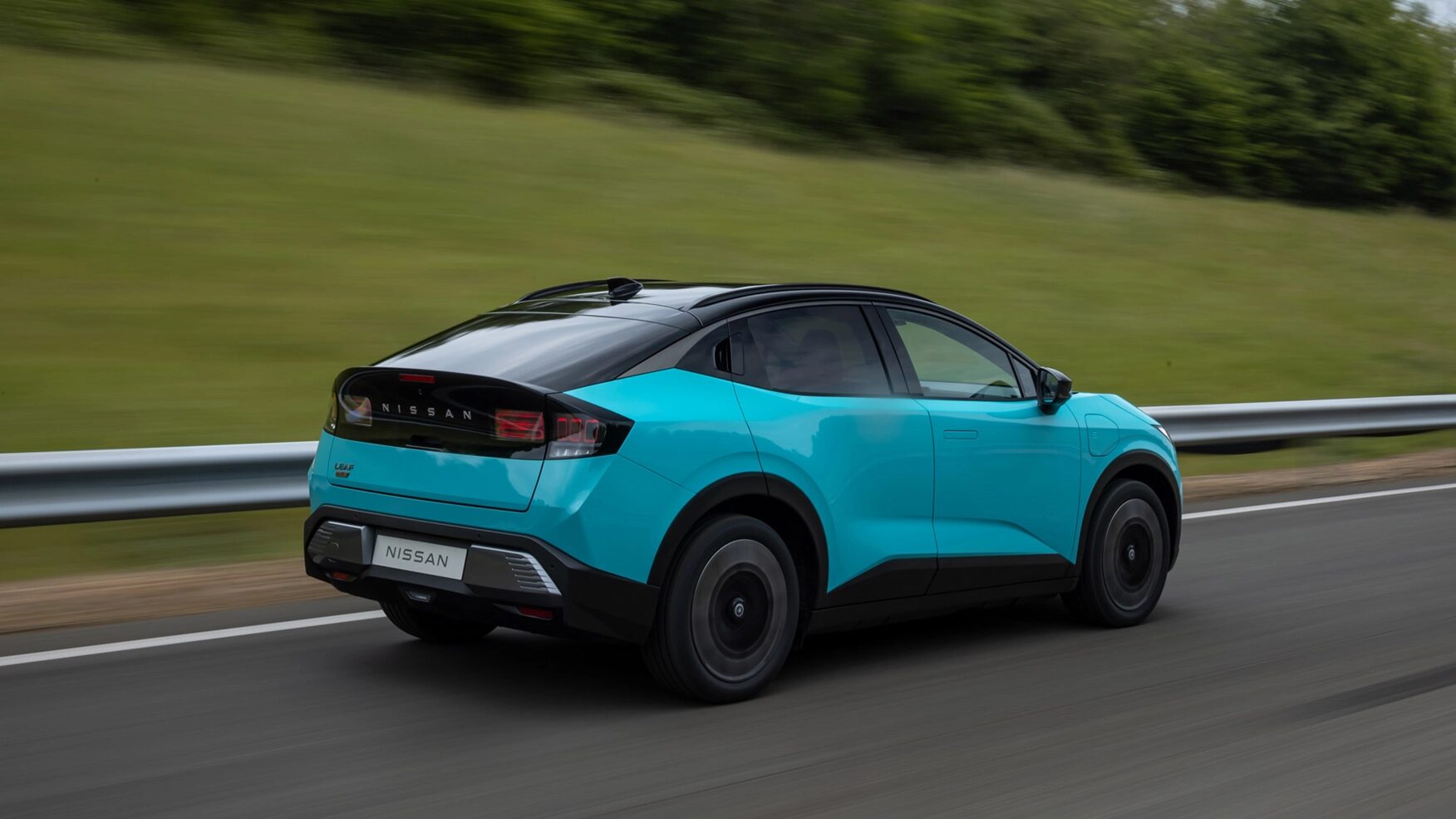
Highway thrill is not why anybody buys a Nissan Leaf, but it’s surprisingly pleasant behind the wheel. It keeps it real with a 0 – 60 mph time of 7 seconds and is convincing at the corners, especially when you flip it into sport mode. The base model gets its power from a 52-kWh battery pack paired with a 174 hp electric motor, a massive gain on the older model’s 147 hp. An improved 254 pound-ft torque comes with the basic model, while higher trims with a 75-kWh battery deliver 214 hp and 261 pound-ft of torque.
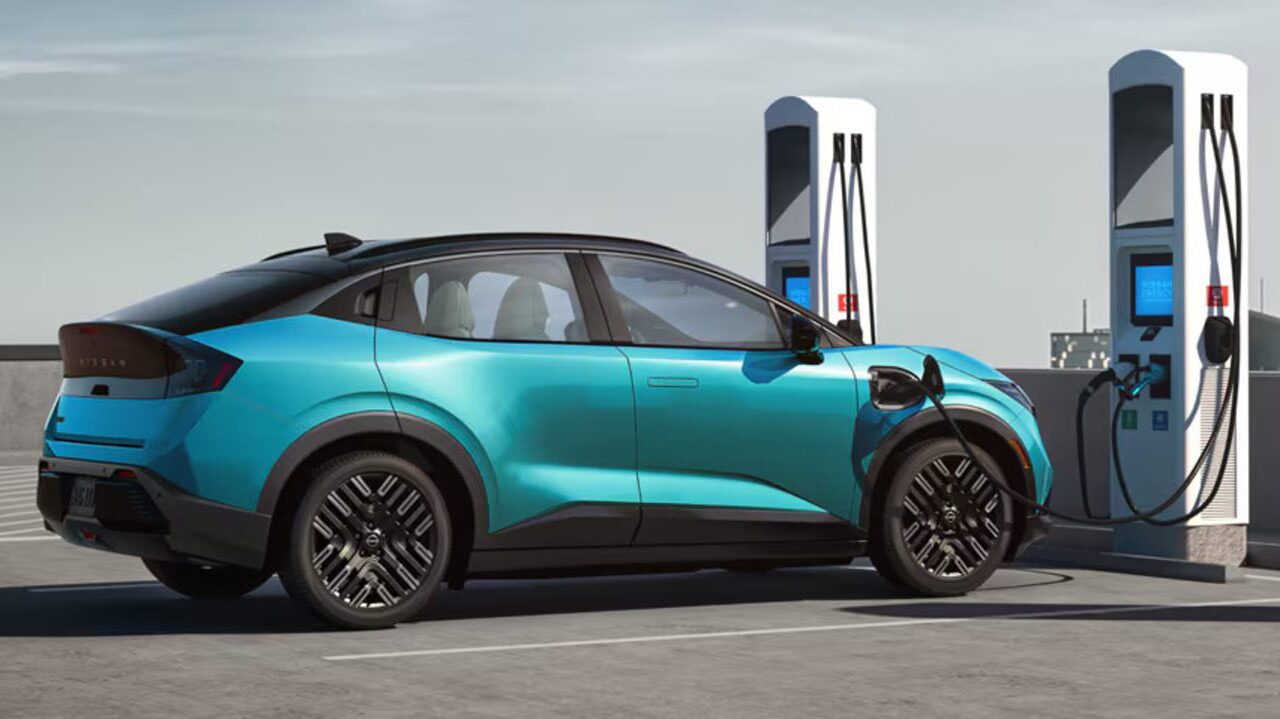
FWD is the only powertrain option on the 2026 Nissan Leaf. If that’s any bother, the automaker claims it comes with 303 miles of range per charge, the most we’ve seen on a Leaf. Now, that sounds ambitious, even with the 75-kWh battery pack, but cruising at a steady 80 mph should get you 280 miles or more, depending on the trim level. The familiar J1772 port returns for charging at home and in public spots, and there’s an additional NACS port for superfast charging.
No More Hatchback
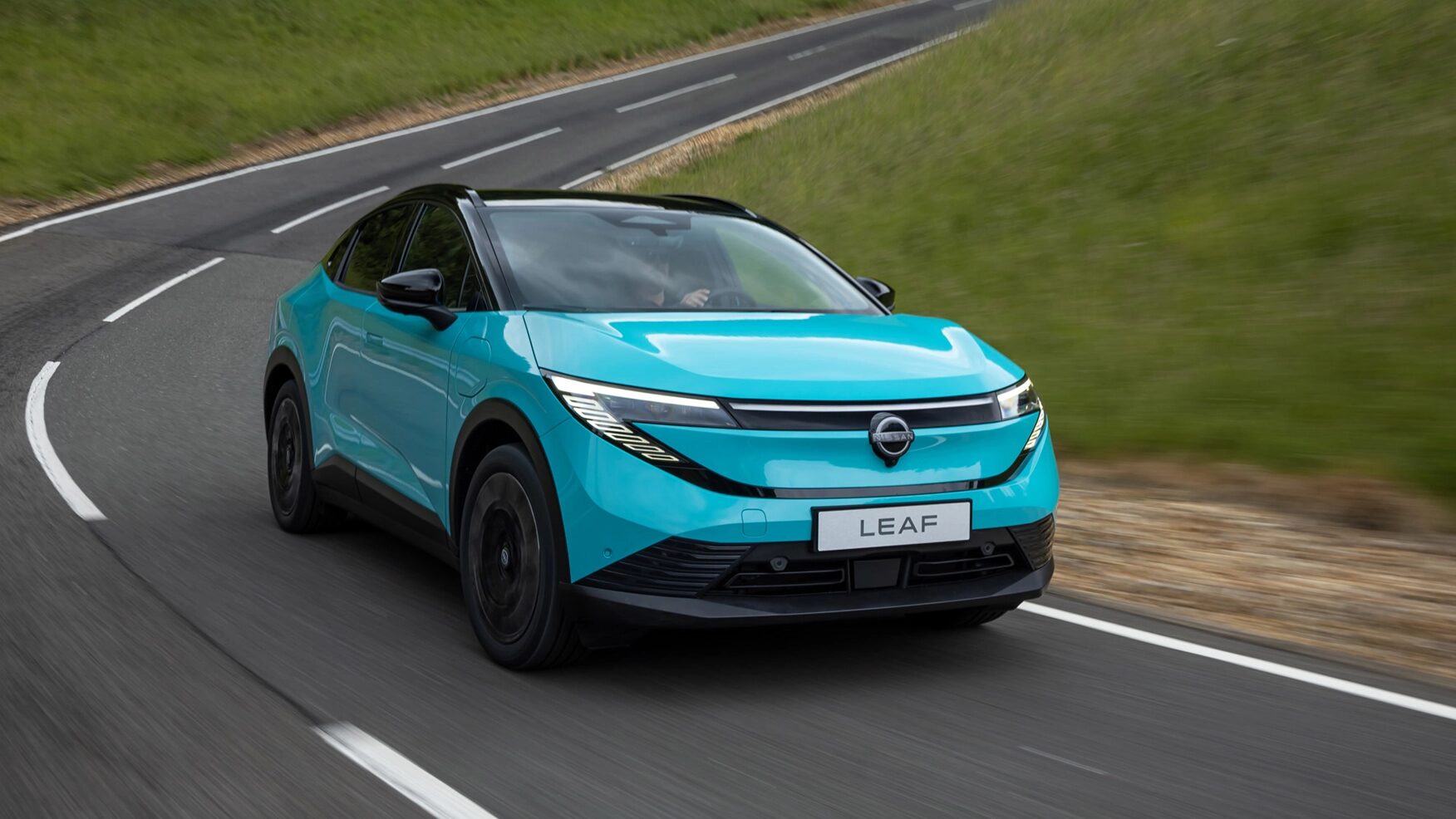
The new Leaf enters its third generation with a brand-new look. This time, Nissan ditched the known hatchback design for a more SUV-like expression and introduced a curved front line that mimics the Nissan Z sports car. It now has a boxier front end, but overall dimensions have reduced by a few inches. Regardless, 17 to 19-inch wheels combine with the high roofline to give it a bigger stance.
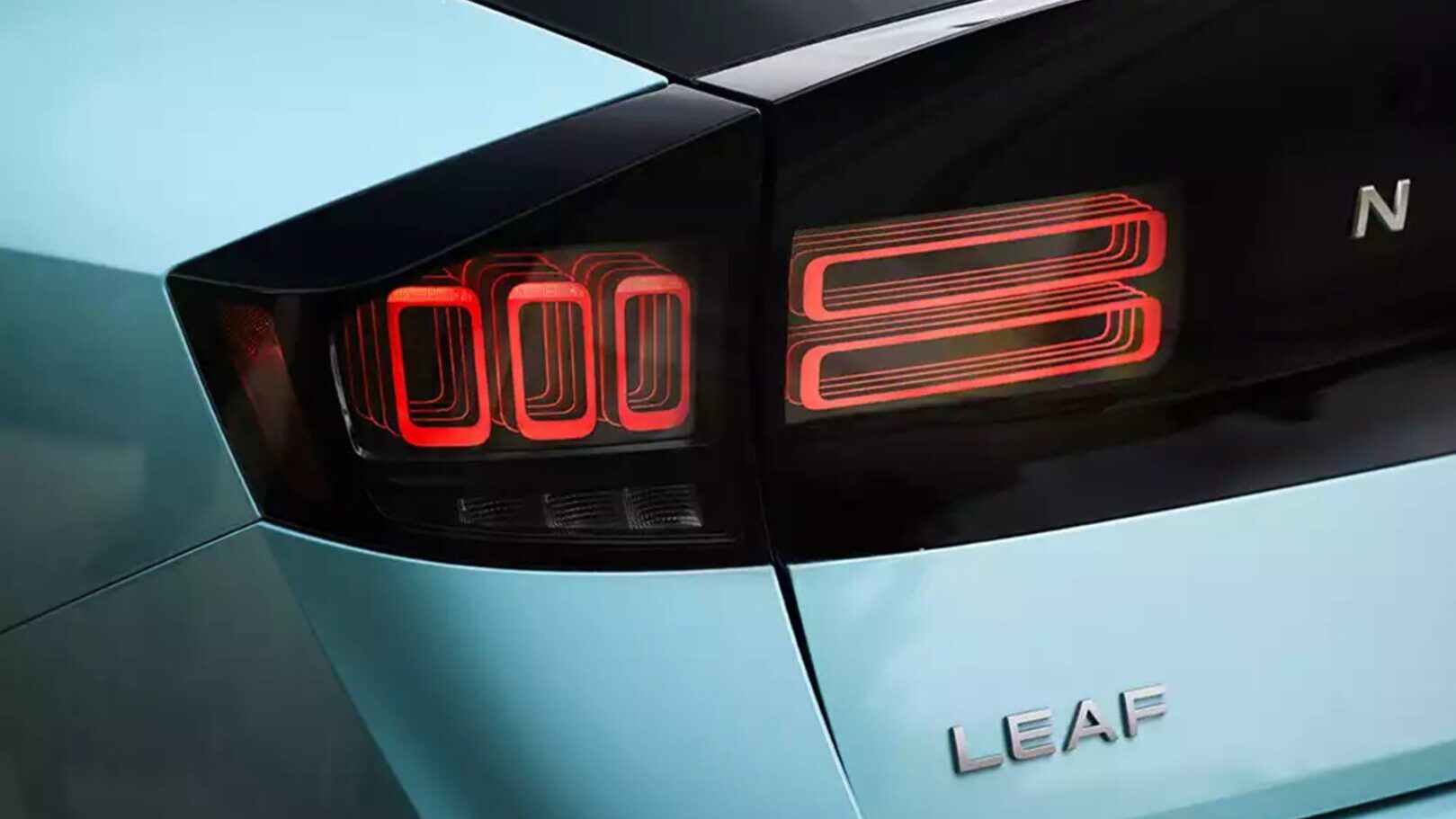
Up front, a blacked-out grille and full-width running lights set the tone, while the side profile shows off flush front door handles and rear handles tucked away in the C-pillar. However, the rear is arguably what earns the 2026 Leaf its biggest aesthetic value: holographic rectangular lights and an upright tailgate that give it a more grown-up crossover look.
Fresh Interiors for a New Generation
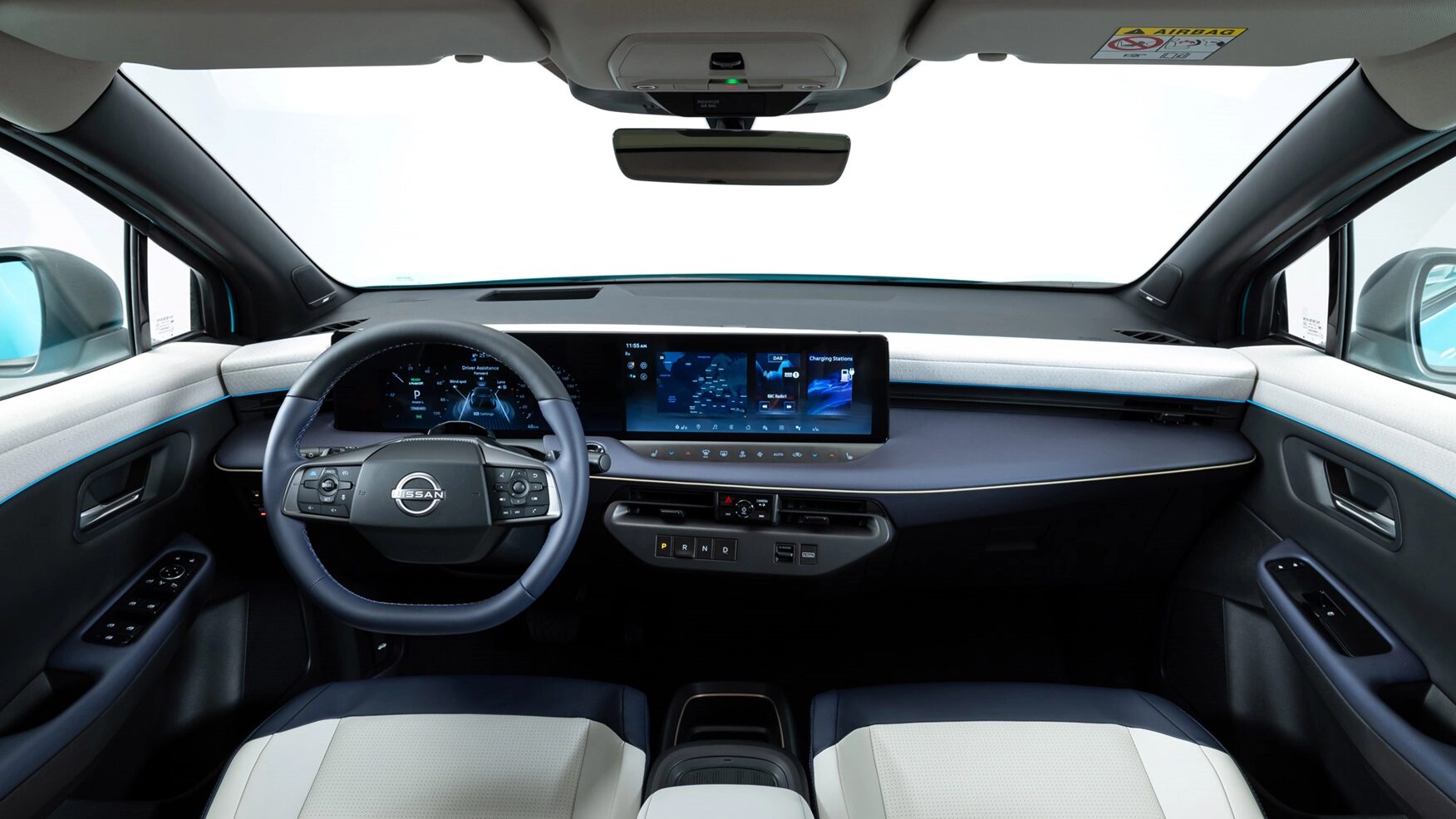
Inside the 2026 Nissan Leaf is a minimalist, modern cabin equipped with a clean twin-spoke wheel and dual 14.3-inch screens. The infotainment system integrates with Android Auto, Apple CarPlay, and a Google built-in suite exclusive to SV+ and Platinum+. Higher grades get the heads-up display, dimming panoramic roof, and a customizable 64-color ambient lighting. The Leaf also provides access-free control through an exclusive Nissan App, which helps owners monitor their vehicle, find charging stations, and complete payments.
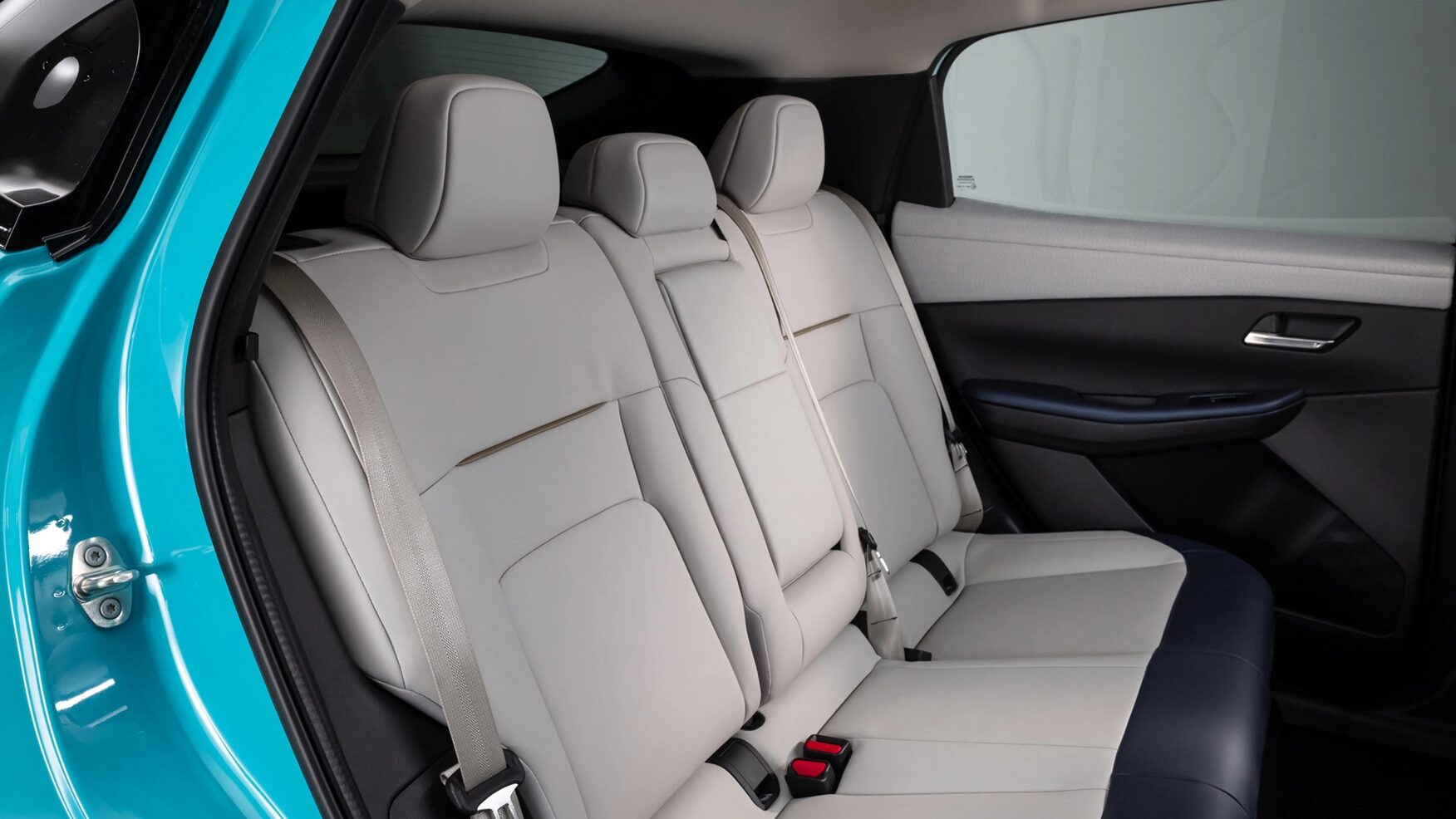
All five seats on the crossover are made from recycled materials and covered in two-tone colors matching the rest of the interiors. And thanks to the front flat-floor design and redesigned rear seats, the Leaf now offers 42.4 inches both in the front and rear sections. It has a functional 56 cubic feet of total cargo space, but the 20 cubic feet behind the rear seat is a bit tight for anything beyond the basics.
Security and Safety Features
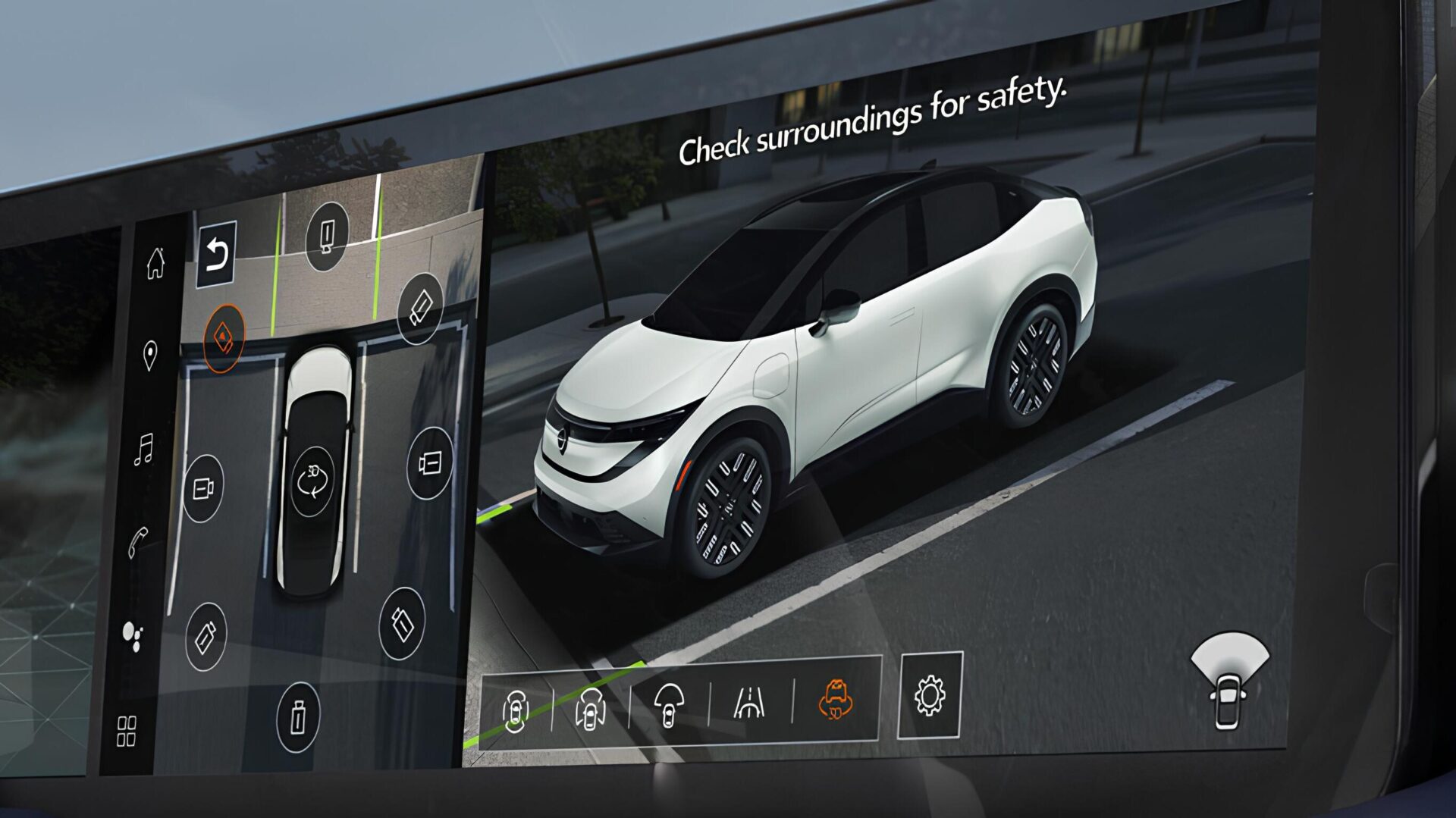
Nissan added the Front Wide View tech, a new feature that gives drivers a wide-angle view of the vehicles in front. Drivers can also get a surround view of the car from all angles, thanks to the 3D Intelligent Around View Monitor. Standard safety features such as cruise control and blind spot warning make the list.

The automaker also claims that the Automatic Emergency Braking on the Nissan Leaf has been tested and reinforced for all road conditions, ranging from highways to snowy surfaces. Add that to the secondary collision system, which automatically applies the brakes in a collision to reduce the impact of airbags on passengers.
Trims and Which to Buy

Nissan says new trim levels, S+, SV+, and Platinum+, are available at launch, while the base 147hp S trim will join the lineup later. Both S+ and SV+ trims ride on 18-inch wheels, but the higher trim has the aluminum alloy advantage. It also has dual widescreen displays and Google-built-in accessories, which are missing on the S and S+ trims.

However, it is advisable to go all in for the fully-equipped top model. The nice Seabreeze Blue paint on the Platinum+ feels modern. Besides, the trim packs other best-value features, including a moonroof and a premium Bose Audio system with 10 speakers. Although Nissan has not unveiled the prices yet, we expect the Platinum+ to stay below $30k after incentives.
Related:
2025 Mistubishi Outlander Sport Does the Bare Minimum in the Best way
A New Leaf in the Small EV Market
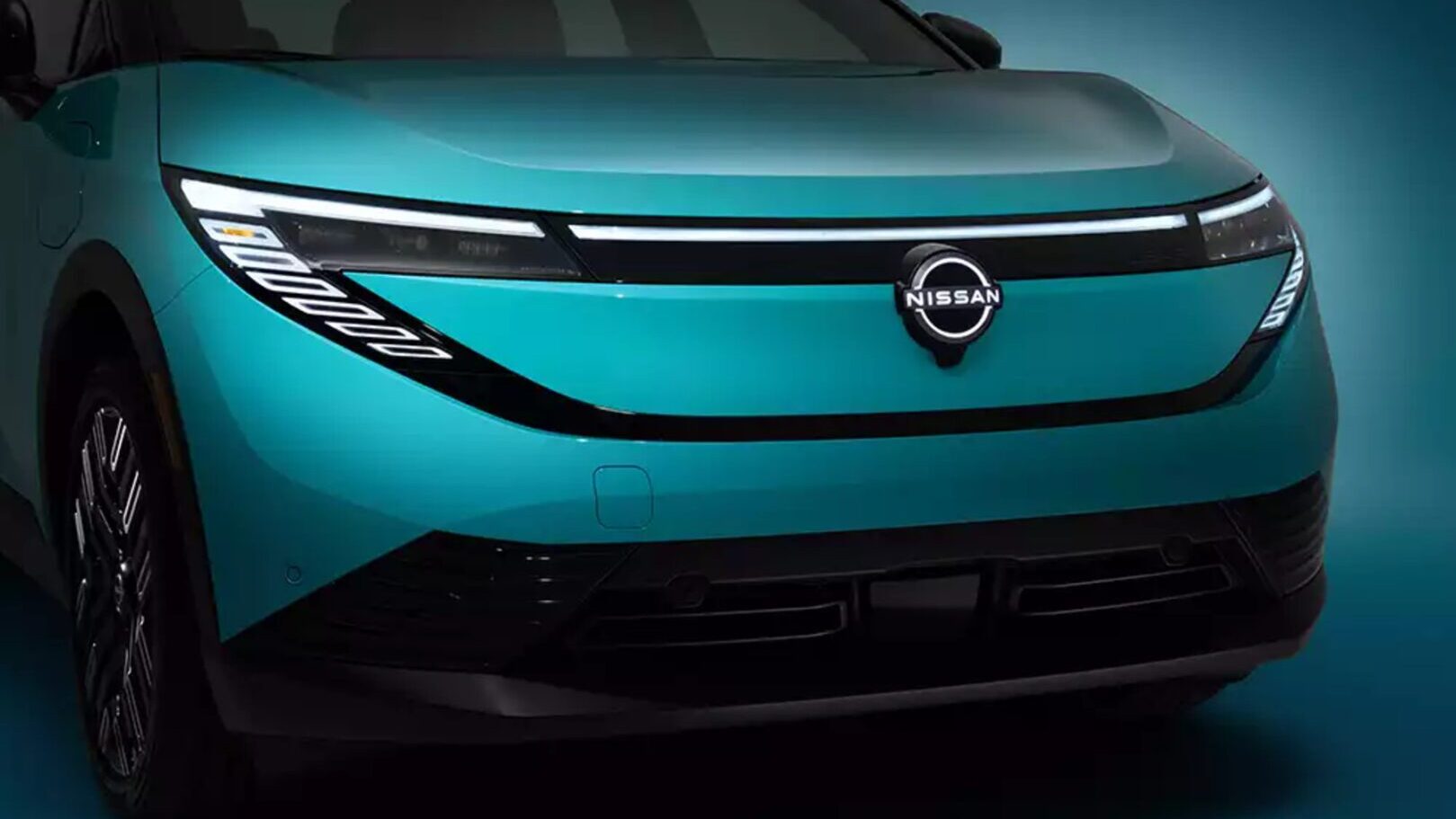
The philosophy behind the latest Leaf is effortless driving: no fluff, just practicality. It’s an FWD EV for comfortable in-city duties, but if you want more rev, you’ll find an AWD alternative in the Nissan Ariya. Outside the Nissan family, the Hyundai KONA Electric will put up some fight, but the bigger competition is the Kia EV 3 with its bigger battery options and claimed 370 miles of range.
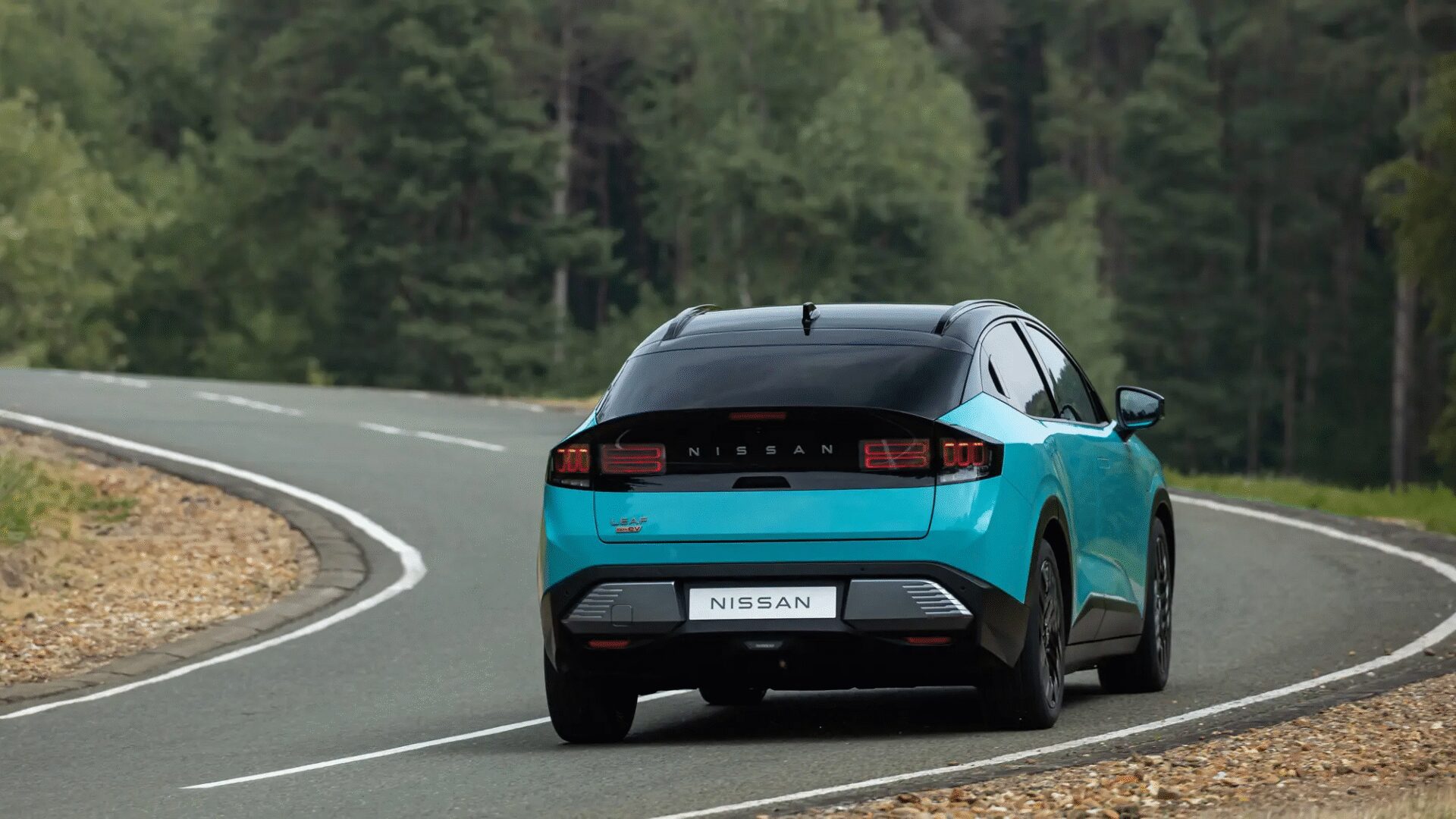
Regardless, Nissan has a long history of making mass-market EVs that check all boxes for everyday drivers. So, now that it’s upgrading the Leaf into a fancy crossover, we’re convinced it will nail the basic low-stress commute without complaints.
